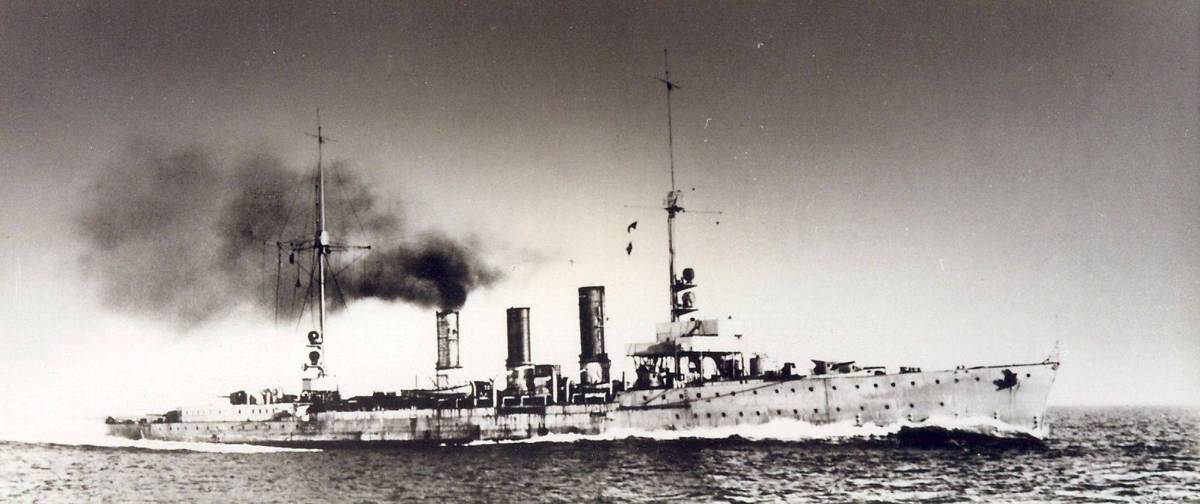.png)
The Germanic States Navy had been keeping a close eye on trends in other countries and had taken note of the Commonwealth Navies rebuilding the older WW1 cruisers into Anti-aircraft ships. The German Admiralty struggled to find a use for such ships till they saw the League of Nations usage of such ships around the Spanish coast during the Spanish Civil War. They had proved effective and this convinced the Germans to rebuild the older cruisers.
.png)
Being the oldest of the Germanic States cruisers in service, they were also first into the rebuild cycles that would be normal for all the World War One era cruisers (and Capital ships). The Frankfurt and its brethren would be re-armed with dual purpose weapons of 5" size, but these were the first generation 5" single, manual, mounting, run by the older 3 meter directors. Manual 37mm guns were also originally fitted but these were replaced by the newer 37mm Bofors guns during 1939 to 1940. 20mm guns started being fitted in the later 1930's and eventually turned the ships into porcupines as the guns were fitted wherever there was space for them. The original torpedo armament was removed during their rebuilding. The ships were converted from coal firing to oil firing during the mid 1930's rebuilding as well. This might sound fairly late when the Commonwealth and other countries ships were being converted in the early to mid 1920's, but the Germanic States Navy had to fight for every last Mark being spent on the navy at that stage (1920-34). Leaving the ships as coal fired meant that the coal fields in the Germanic States could supply the coal to the Navy at a fraction of the cost of oil.

